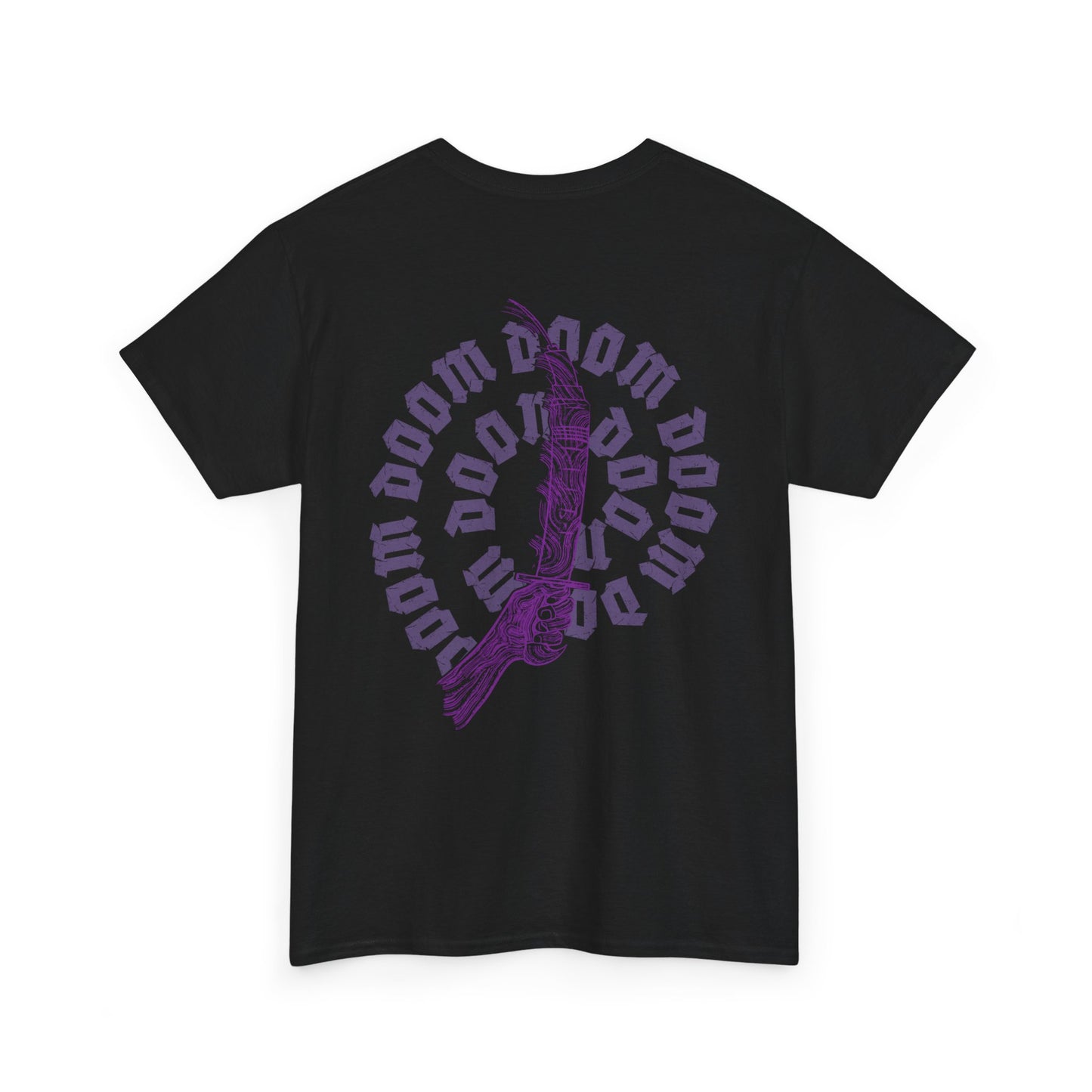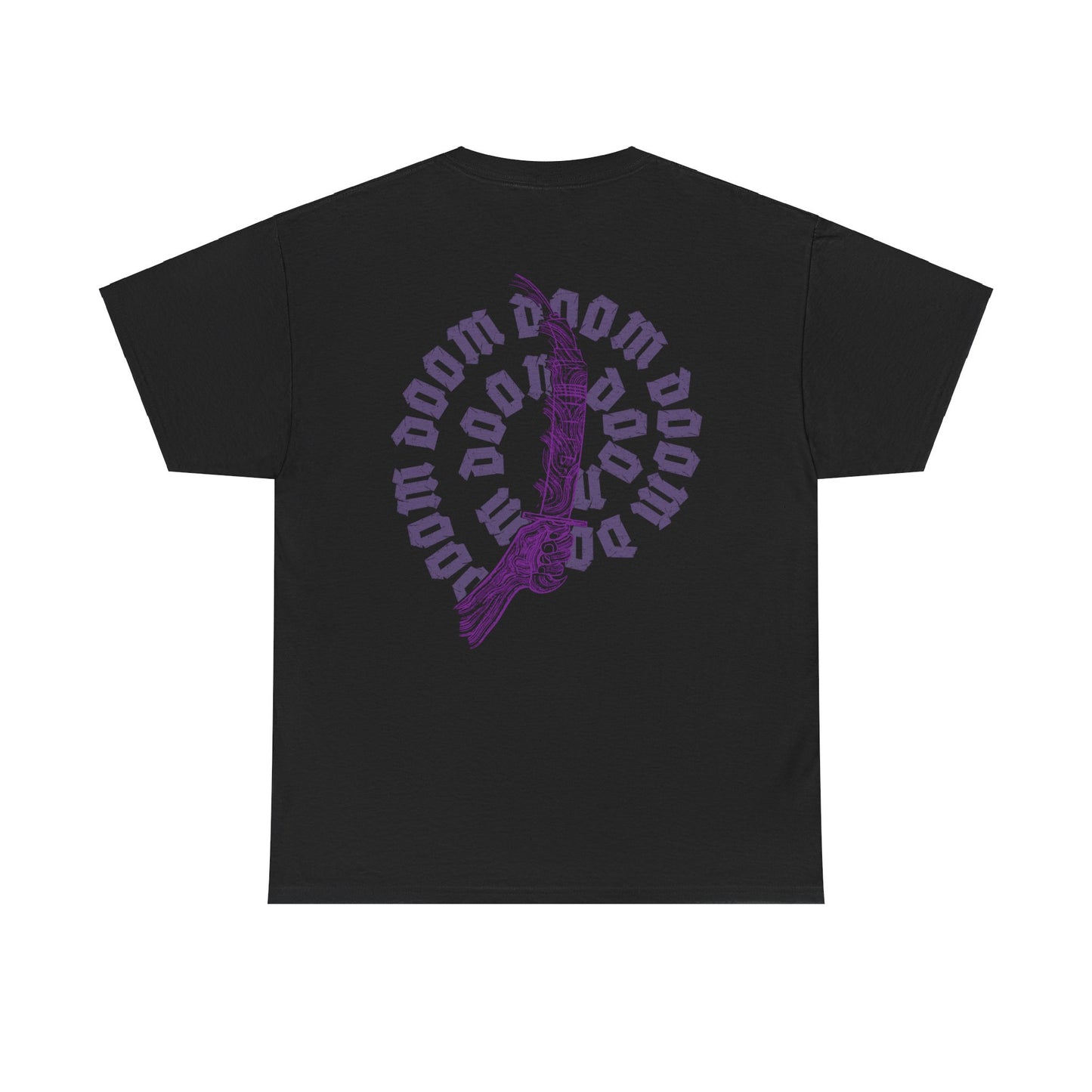
Yellow by Coldplay: A Timeless Glow of Faith, Creation, and Love
Share
Chris Martin and Coldplay’s Yellow is more than a love song—it’s a glowing tribute to gratitude, devotion, and the transformative power of inspiration. Its radiant simplicity mirrors something deeply personal to me: the hope that this journey uncovers the beauty in creation and the spark that moves us to connect with music on a deeper level. Yellow feels like the perfect beginning—a reminder of the beauty in creation and the spark that moves us to connect with art on a deeper level.
Coldplay, known for their ability to create music that touches both the heart and the soul, left Yellow intentionally ambiguous. It’s a hallmark of great artistry—refusing to give away the show, letting the audience find their own meaning. True artists know their work should grow with time, becoming better as it adapts to each new listener’s interpretation. This is what makes Yellow such a remarkable piece of music: its layers of meaning, veiled in its brilliance, invite us to engage with it on a personal and emotional level.
As Coldplay’s breakthrough hit, Yellow showcased not only their potential but their ability to reach different audiences across the world. The universality of its message and sound became a defining moment in their rise to global prominence.
Yellow begins where many great journeys of wonder do: with a gaze upward, under a sky ablaze with stars.
The Stars That Shine for You
Look at the stars, look how they shine for you, and everything you do…
The opening lines set the tone for the song: a profound sense of awe and gratitude. The stars shining “for you” evoke a divine presence or a muse, a source of light and inspiration that blesses everything it touches. The repetition of the word “look” emphasizes a childlike wonder, as if Martin is urging us to stop and marvel at the beauty of creation. The color yellow itself, warm and radiant, becomes a metaphor for enlightenment, life-giving energy, and the presence of something greater than ourselves.
This is where Martin’s subtlety shines. Whether you see the stars as God’s glow, the muse’s light, or even the universe conspiring in favor of intentional action, Yellow leaves room for your personal connection.
A Song for Gratitude
I came along, I wrote a song for you, and all the things you do…
Martin shifts from observation to action. He acknowledges his role as a creator, humbly admitting he’s merely responding to the glow. Writing a song becomes an act of devotion—his way of giving back to the source of his inspiration, whether divine or earthly. Naming the song Yellow transforms it into an eternal gesture of gratitude—a glowing testament to inspiration and devotion.
The Sacred Act of Creation
So then I took my turn, oh, what a thing to have done…
This line reflects the sacred responsibility of creation. To “take his turn” feels like an acknowledgment that channeling inspiration isn’t just a privilege—it’s a duty. The humility in “what a thing to have done” suggests Martin is in awe of the opportunity, recognizing that the act of creation is both transformational and sacred. It’s a surrender to the muse or God, allowing something greater to work through him.
The Transformation of Skin and Bones
Your skin, oh yeah, your skin and bones, turn into something beautiful…
This line is perhaps the song’s most riveting. It acknowledges human fragility—our raw, imperfect form—and the transformation it undergoes through love, grace, or divine light. The message is clear: even the mundane can become extraordinary when touched by something greater. The heartfelt “I love you so” feels like a declaration of devotion to the source of that beauty.
Devotion and Sacrifice
I swam across, I jumped across for you, oh, what a thing to do…
Martin paints a picture of devotion in motion. The physicality of “swam” and “jumped” symbolizes the lengths we go to honor inspiration or faith. The repetition of “what a thing to do” mirrors earlier lines, emphasizing wonder and humility. It’s a reminder that true devotion often requires effort, struggle, and sacrifice—but it’s worth it.
Drawing the Line
I drew a line, I drew a line for you, oh, what a thing to do…
Drawing a line is a powerful image. It could symbolize creating sacred space, setting boundaries, or marking a path to follow. It also aligns with Martin’s broader approach—refusing to alienate or divide, instead choosing unity and inclusivity. This line could represent a personal commitment or covenant, a way of saying, “I’ll walk this path for you.”
Ultimate Devotion
For you, I’d bleed myself dry…
This line carries the weight of ultimate devotion. It’s not about loss—it’s about giving everything, fully and willingly, to honor the muse or God. The transformation of “skin and bones” into something beautiful is echoed here, emphasizing the redemptive power of love, faith, or creativity.
A Radiant Refrain
Look how they shine for you…
The repeated refrain reinforces the song’s central theme: wonder and awe. The stars’ light feels eternal, just as the song itself is timeless. This light—whether you see it as God, inspiration, or love—is always present, always shining, even if we don’t always see it.
The Unending Glow of Yellow
Yellow exemplifies Chris Martin and Coldplay’s ability to balance simplicity with depth. Its lyrics, instrumentation, and emotional tone create a sense of universality that speaks to both the human and the divine. By refusing to define the song explicitly, Martin and the band demonstrate respect for their audience, allowing each listener to find their own meaning.
This makes Yellow truly brilliant. It doesn’t just speak to one moment, one person, or one belief. Instead, it resonates across generations and perspectives, leaving behind a glow—warm, radiant, and eternal.
In contrast, Viva la Vida showcases Coldplay’s ability to craft something far more complex while remaining emotionally resonant. Where Yellow thrives in its simplicity, Viva la Vida weaves intricate biblical imagery and themes of regret, redemption, and humanity’s fall from grace. Together, these two songs demonstrate Coldplay’s extraordinary range—able to evoke profound meaning through both minimalism and intricacy.
When viewed alongside Viva la Vida, it becomes clear that Martin and Coldplay’s worldview is empathetic and Christ-like. However, the focus remains on uniting people through shared experience rather than dividing through explicit declarations. For Coldplay, being Christ-like—demonstrating love, humility, and grace—is far more important than overtly proclaiming faith. This approach allows their music to reach and resonate with everyone, creating art that is as inclusive as it is profound.
As Yellow shines with gratitude and devotion, it feels like the perfect opening chapter for this journey. Just as the song leaves its meaning open for interpretation, I leave this channel open to the muse, to God, and to the stories yet to be told.
Here's to a path lit by inspiration, connection, and the timeless glow of music.







